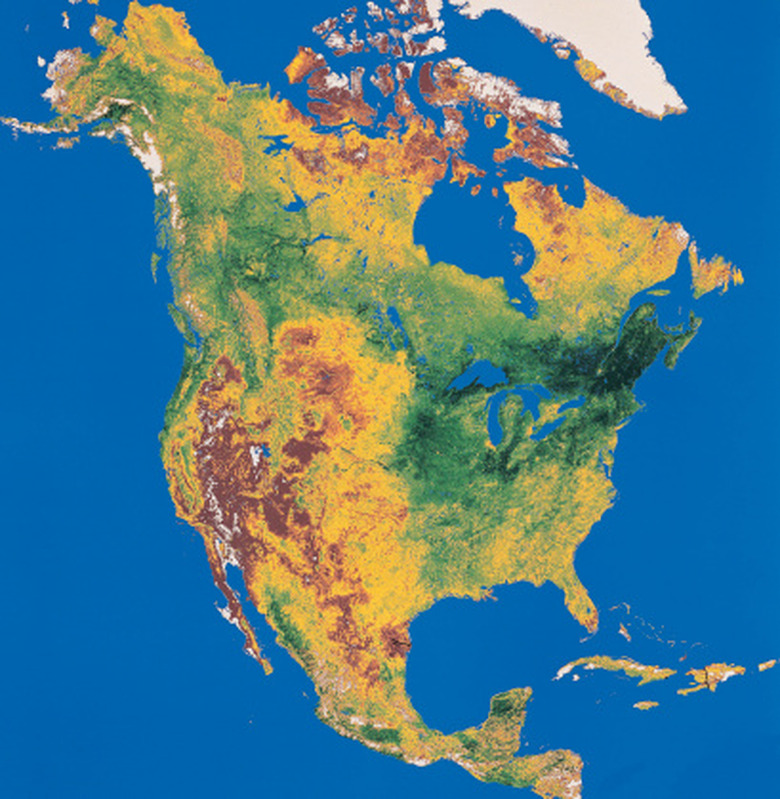How To Calculate Vertical Exaggeration
Aerial views into the caverns or mountainous regions of the world reveal the wonder of nature. The topographic profile of Earth's terrain is sprinkled with accumulations and erosions of soil spanning many decades. A graphical display of the most significant variations can be viewed through an elevation or topographic profile, and those regions that have more subtle features can be examined through a technique called vertical exaggeration.
Step 1
Determine the area to be investigated. On a physical or digital map, establish the location of the area to be studied, noting the beginning and ending points.
Step 2
Acquire an elevation profile for this region. Consult a mapping tool such as Google Maps, MapQuest or Garmin for a topographical representation of this region. Insert the coordinates.
Step 3
Note the elevations. Document the current minimum and maximum elevations of the y-axis for the topographic profile.
Step 4
Calculate the vertical exaggeration. Using the formula of real units of horizontal scale solve for vertical exaggeration. For example, for a 1:500000 topographical map if 1 cm units on x-axis equals 500 real units, and the vertical value is also 500, then no vertical exaggeration would exist; however if the vertical value were 100, the vertical exaggeration would be 5 indicating the topography is exaggerated five times the presentation in the original or real map.
Cite This Article
MLA
Fleming, Jennifer. "How To Calculate Vertical Exaggeration" sciencing.com, https://www.sciencing.com/how-8669501-calculate-vertical-exaggeration/. 9 January 2018.
APA
Fleming, Jennifer. (2018, January 9). How To Calculate Vertical Exaggeration. sciencing.com. Retrieved from https://www.sciencing.com/how-8669501-calculate-vertical-exaggeration/
Chicago
Fleming, Jennifer. How To Calculate Vertical Exaggeration last modified March 24, 2022. https://www.sciencing.com/how-8669501-calculate-vertical-exaggeration/
